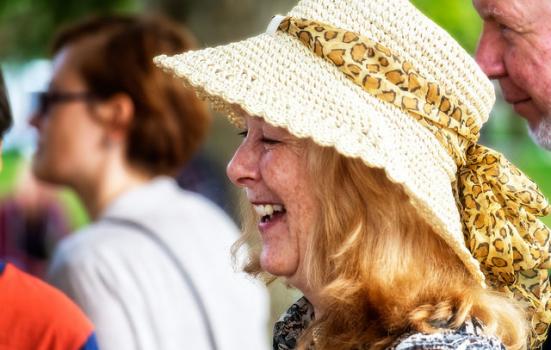Economists have attempted to quantify the extent to which increased tax revenues and health care cost savings are being realised from arts attendance and participation.

Garry Knight (CC BY 2.0)
People who engage in the arts as an audience member, visit heritage sites, libraries or museums, or participate in sports are more likely to report good health, saving significant amounts of money from the public purse, according to a new report. The latest analysis of the value of the health and educational benefits of sport and culture also found that young arts participants aged 16 to 18 are more likely to go on to further or higher education, bringing financial benefits to the economy through increased tax receipts.
Examining the cost savings to the NHS that involvement in these activities brings, the research estimates that arts attendance could lead to savings of up to £168.8m a year in reduced GP visits and a further £227.8m in reduced use of mental health services. Museums are linked to reduced GP costs worth £44.7m and mental health service usage costs of £60.3m. The comparable figures for sport are £384.9m and £518.8m respectively. Whilst sports participants were less likely to report having clinical depression than non-participants, no equivalent evidence was found for the impact of cultural engagement.
The figures have been published as part of the Culture and Sport Evidence (CASE) strategic research programme, jointly funded by the DCMS, Arts Council England, English Heritage and Sport England. The report, ‘Further analysis to value the health and educational benefits of sport and culture’, is based on a study led by the Centre for Economic Performance at the London School of Economics and Political Science. The authors conclude that the findings, “suggest that culture and sports participation can help to generate wide-ranging social benefits and cost savings to the exchequer”, though they point out that this association does not necessarily imply cause and effect, and that the findings should be treated as “as upper-bound impact estimates”.




